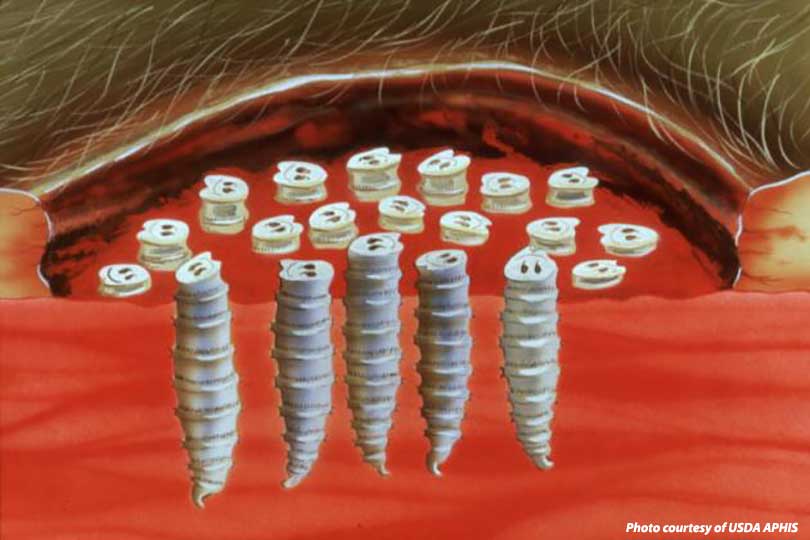Costa Rica has reported its first fatality attributed to a screwworm infestation. This unfortunate incident not only marks a significant health concern but also raises alarms about the potential spread and impact of this parasitic menace in the region. Here’s an in-depth look at the situation, the nature of screwworms, and the implications for public health in Costa Rica.
Understanding Screwworms: A Menace to Humans and Animals
Screwworms, or Cochliomyia hominivorax, are a species of parasitic flies notorious not for buzzing around your picnic but for a far more gruesome activity. These larvae have a particularly macabre method of survival—they feed on the living tissue of warm-blooded animals. While typically an animal problem, humans can also fall victim to these voracious creatures, leading to severe medical conditions or even death if untreated.
The Tragic Case: A Wake-Up Call
The victim, a farmer in his late fifties from a rural area of Costa Rica, reportedly contracted the infestation through an open wound. Despite seeking medical attention, the rapid progression of the infestation led to fatal complications, underscoring the deadly potential of screwworms and the critical importance of early detection and treatment.
Screwworm Infestation: How It Spreads and Its Symptoms
Screwworm flies lay eggs in open wounds and cuts. Upon hatching, the larvae feed on the surrounding living tissue, causing severe damage and infection. Symptoms include severe swelling, fever, pain, and changes in the skin around the wound. If not promptly and adequately treated, these infections can lead to toxic reactions and fatal outcomes, as seen in this unfortunate case.
Measures and Responses: Containing the Threat
The Costa Rican government, in collaboration with public health officials and veterinary experts, has initiated measures to control and prevent further spread of screwworms. These include public education campaigns focusing on the importance of wound care, the risks posed by screwworms, and the steps to take if infestation is suspected. Livestock and wildlife monitoring programs have also been intensified to address and mitigate the spread among animals, which can serve as a reservoir for human infections.
Historical Context and Global Perspective
Screwworms were once a widespread problem in North and Central America until an extensive eradication program in the United States during the mid-20th century significantly reduced their presence. However, occasional outbreaks, particularly in Central and South America, remind us that the threat is never fully eradicated. The situation in Costa Rica serves as a critical reminder of the vigilance required to prevent a resurgence.
Public Health Implications
The death in Costa Rica highlights a significant public health issue. The local health departments are on high alert, increasing surveillance and inspection efforts, particularly in rural areas where medical facilities might not be readily accessible, and where traditional farming practices may increase the risk of screwworm exposure.
What Can Be Done: Prevention and Care
For individuals in affected regions, particularly those involved with livestock or residing in rural areas, the key to prevention is maintaining stringent hygiene for all wounds, however minor. Health officials recommend promptly cleaning and covering any injuries and seeking veterinary care for animals suspected of harboring infections.
While the first reported death from a screwworm infestation in Costa Rica is indeed tragic, it serves as a critical wake-up call to the dangers posed by these parasites. It emphasizes the need for continued vigilance, prompt action in case of suspected infections, and a comprehensive strategy involving community education, medical preparedness, and environmental monitoring to combat these deadly pests.
This incident is a stark reminder that some of the most significant threats to public health come from the smallest of adversaries, requiring a concerted and informed response to manage effectively.

